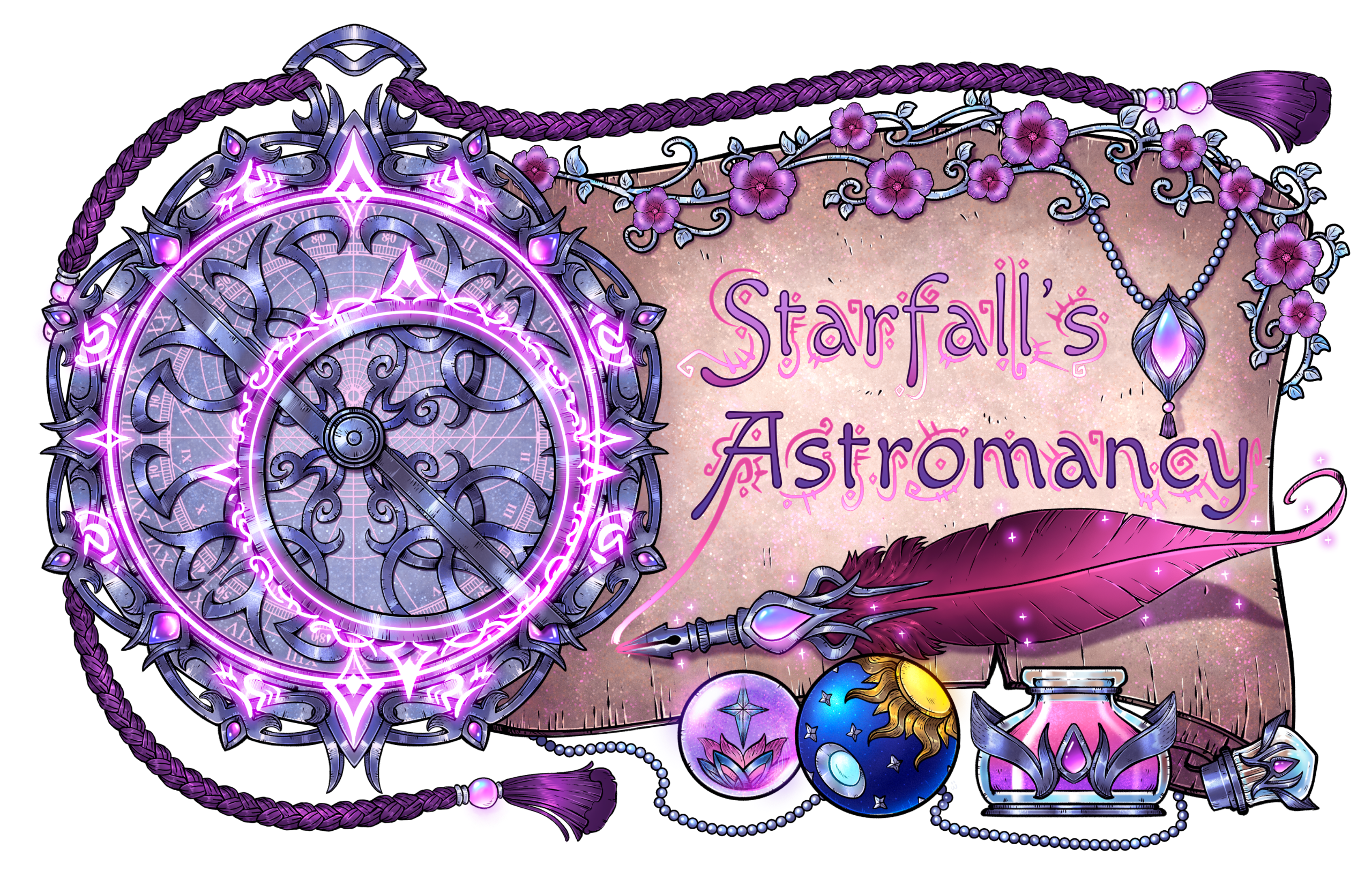
Application of Astromancy beyond divination
"When you look to the stars, glean the infinite possibilities. Be not constrained by what is tangibly in front of you to behold, but expand your mind into the astral sea beyond" - Arcanist Maëlys Ètoile
CompendiumI. Evocation: Starfire & Astral Ice
II. Navigation & Star Maps
III. Portal Summoning & Use of Wyrmholes
IV. Constellation Theory
V. Dark Space: Theory On Non-Void Utilization
VI. Planar Shifting & Astral Walking
An ornate sphere of silver metal sits upon the arcanist's desk, etched with intricate runes and filigree that are archaic in nature; ancient. Adjacent to the contraption's resting space upon a small wooden mount is a thick tome bound with lock, but possessing no hole for a key. Instead, an array of tiny, gleaming gemstones are set into the leather surface. Should one touch them, they would find the gemstones glide on tracks contained within the book's cover. There are no instructions, nor title etched into the maroon binding. However, sitting on the neatly arrange desk with a note in elegant Darnassian script reads:
'Answers wait for those who seek them. Use the right tool for the job.' - Much love & enjoy, Kal'adala
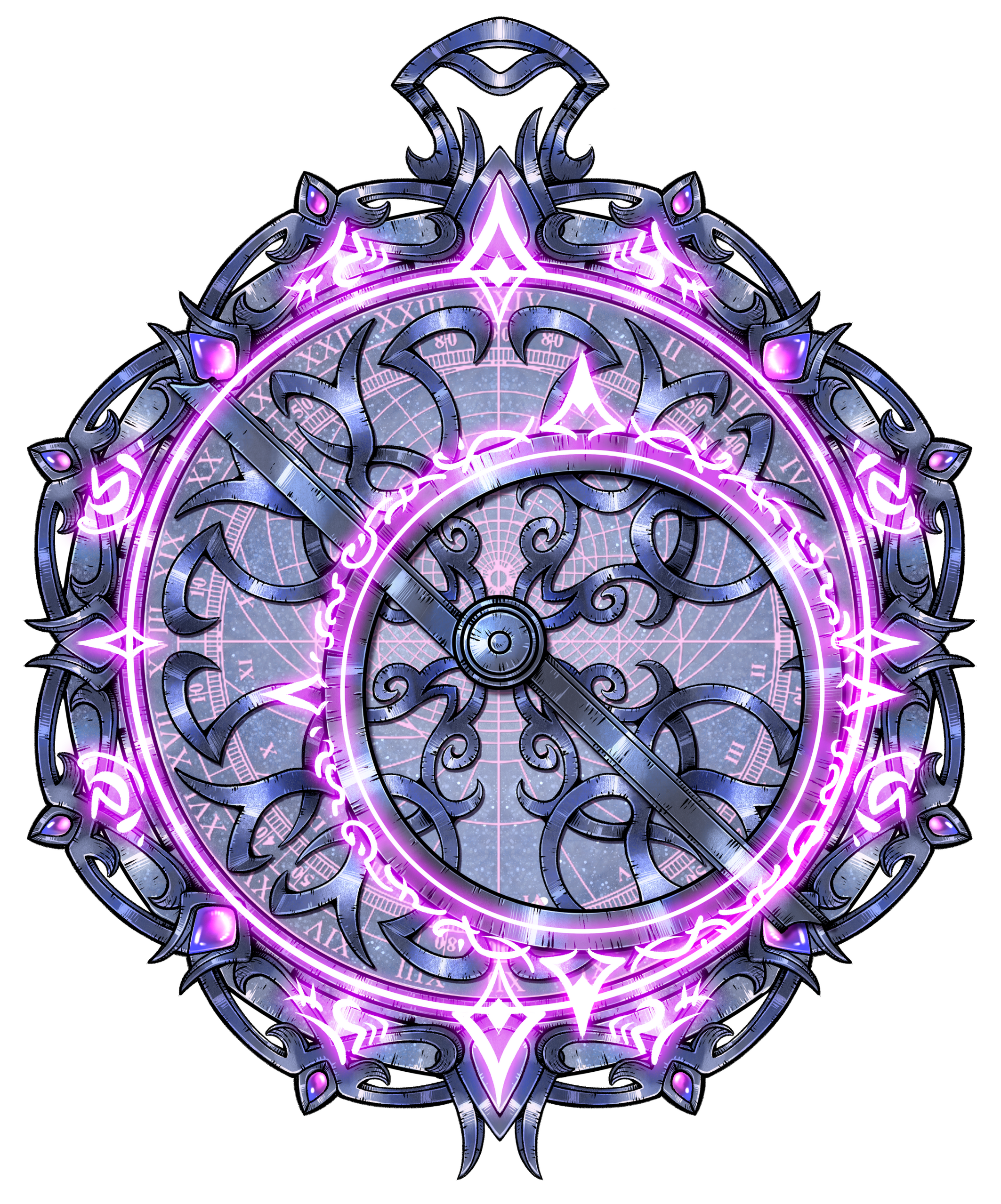
I. Evocation: Starfire & Astral Ice
The art of evocation is to summon energy, not limited purely to the arcane, to be utilized for destruction or barriers. Evocation is a tool for both offensive and defensive magic that any mage should be foundationally adept in, regardless of preferred utilization in short, medium, or long range.In practical use within Astromancy there are two categories that one can summon these energies from. The astral sea beyond the limitations of Azeroth's surface is a broad, infinite scape. A vacuum void of oxygen, frigid and austere, but also remaining host to planets, cosmos, nebulae, constellations, stars.Stars themselves, fonts of life for solar systems, are spheres of hot gas that produces light through nuclear fusion. To call it flame in the aspect of fire on Azeroth is not quite accurate. Nor is it conjured in the same manner as spell-flame. Comprehension of a star's technical reaction is required. In the way that a fire requires energy and fuel, summoning starfire is much the same.In the astral sea, the star is born of gas and dust called nebulae. A magi must summon the materials and utilize the proper application of force magic to collapse the matter. With high enough pressure, replication triggers the fusion and can create small scale stars that can be contained within one's palm as high levels of control.Meticulous, intricate hand drawn diagrams in gleaming midnight spell ink display the formation of a star in its natural environs. There ink seems to undulate and shimmer, coming alive against the page as if one were looking into the night sky. Ornate spell circles demonstrate the proper somatic gestures for the summoning of nebulae, leading into the condensing of the matter to create star-flame. A table is drafted beneath with exact atomic calculations to conjure varying amounts of fire.Warning: As is with all matter of Arcane, working with any facet of star-summoning is exceptionally volatile. Failure to condense the appropriate quantities can result in catastrophic failure and stellar collapse or combustion. Small summonings are recommended first and only after some mastery of spell-flame is demonstrated before moving into starfire. The heat of starfire burns hotter and brighter, thus making it more difficult to control.Mastery of star-summoning moves into the proper utilization of star-flame. When a magi is adept enough to condense stars on their own, eclipsing the need for full manifestation of the star itself becomes the next task.Somatic gestures are depicted beneath showing immediate condensing and a pull, conjuring a partial aspect of the star, being the unique flame.Utilization of starfire is much the same as spell-flame, however there are some considerations that must be taken. Given the transmuting of mana into gas, starfire is reactionary to water. Depravation of oxygen will not put out star-flame until it is transitioned to a new fuel source outside the nuclear fusion conducted by the summoning magi. Caution is to be erred when utilizing starfire around wet environs, as destabilization of the flame can easily harm the wielder.The chapter continues to detail application, proper methods of expulsion and attack, and how to put out star-flame effectively.In the frigid vacuum that is the astral sea, in the pockets of space between the radiance of the stars to which we can also tap upon for frost-adjacent magic. Ice comes in many forms, not only from water, as we see on Azeroth, but also naturally in forms of Dry Ice (Carbon Dioxide), Methane Ice, and Amorphous Ice. Interstellar Ice very infrequently coalesces into enormous pockets and instead exists in tiny grains, forming on dust particles.Working with astral ice is far less volatile than starfire, however, consideration must be taken in handling the material as direct exposure from the reactions can result in substantial damage to one's nerves and skin.Great detail is spent explaining the differences between the molecular makeup of the various types of ice found within the astral sea. Mention of volatile chain reactions with Methane Ice are mentioned, but not built upon here.Black Rime: interstellar ice that forms in the darkest pockets of moons, comets, and asteroids consists of a tight molecular structure. The unique properties of this ice in particular come with the arcane suffusion of applied matters in constellation theory which is elaborated further in chapter IV. The appearance is as the name suggests, a dark inky coloration that appears to be dotted with splashes of far off cosmos and starlight.The unique properties Black Rime has demonstrated that sets it apart from typical spell-frost is the ability for the wielder to wear or manifest the ice physically without causing harm to the mage. This, of course, requires the appropriate wards for a suitable foundation between skin and ice, but not with the extreme complexity one might assume of an arcanely derived substance. Due to the tight molecular structure, Black Rime is heavier than normal ice and is more prone to producing immediate frost bite effects.Process and summoning is depicted in arcane rune, the appropriate circles, and gestures. The spell ink gleams against the inner depths of demonstrations of how a magi can utilize the Black Rime on their person, showing claws of ink, ejecting icicles from fingertips, and extended technique for coating boots for dexterous maneuvers.a/n: Black Rime is a unique subcategory of arcane interstellar ice that I have homebrewed for these concepts.
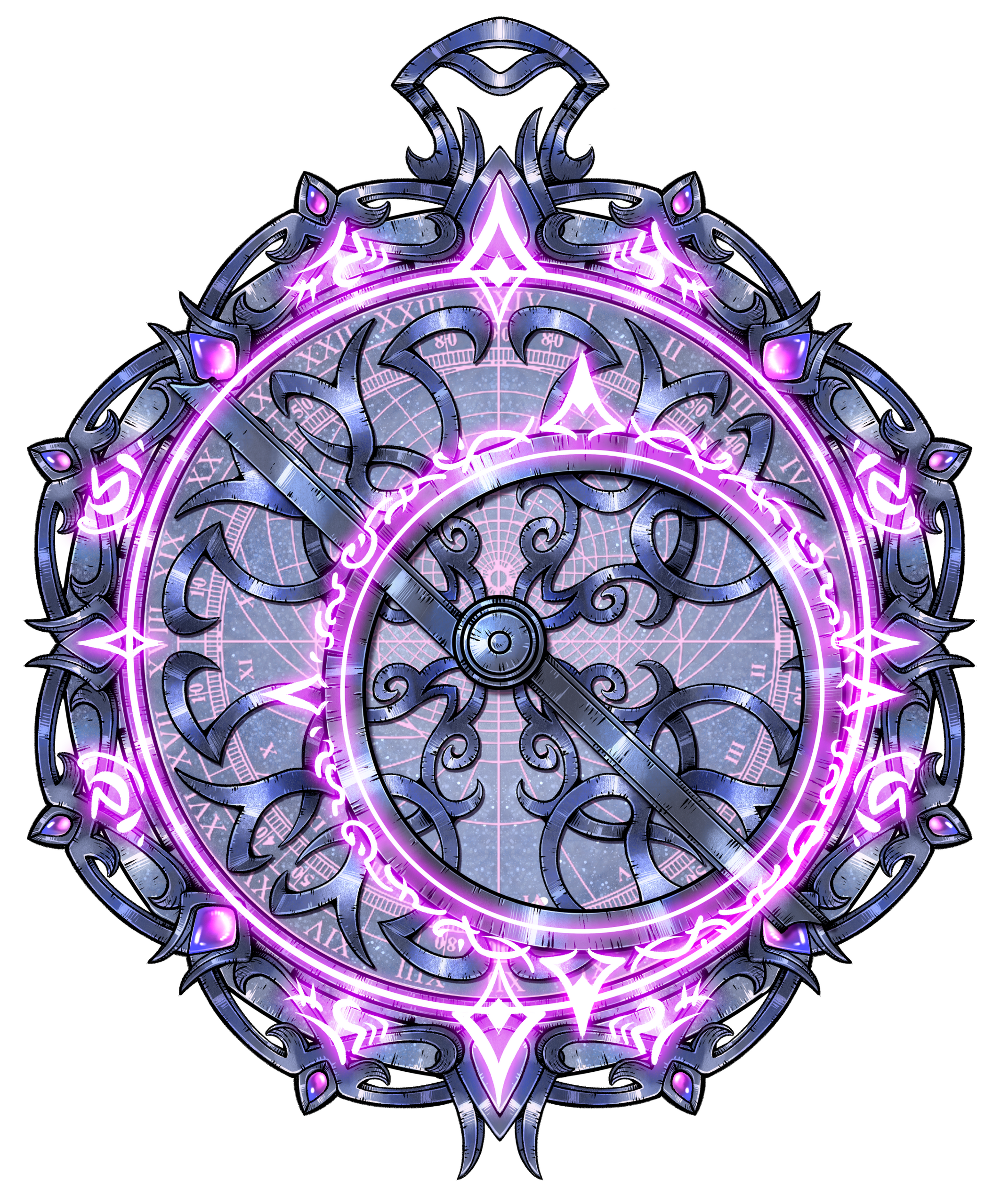
III. Portal Summoning & Use of Wyrmholes
Portals are amongst a mage's strongest assets for utility. There is a straightforward dissection of the schools of magic, teleportation falling beneath the college of transmutation. From the most simple spell being a blink to the complexities of transporting across Azeroth and beyond. Anomalies within the astral sea naturally replicate some of what magi utilize the arcane to perform at will.A wyrmhole is a bridge between two black holes that creates a shortcut through space and time. Effectively, it sounds relatively similar to a blink which a mage disappears from one location and appears in another instantly, avoiding the need for spending time or physical energy traveling to said location. The differences between the functionality of a wyrmhole and the transmutation magic utilized for a blink at its core is quite different.The chapter breaks off into a diagram of the anatomy of a wyrmhole, including the mathematical calculations for speed and distance traveled from notated locations in the galaxy that have been observed and recorded. On the adjacent page there is the breakdown of transmutation circles and spellcraft for a blink spell, comparing the differences between the two. The similarities beyond the functionality cannot be drawn.Astromancy can make utilization of black holes in the same way that stars can be created. Comprehension of star creation is required as a black hole is created by the collapse of a star after nuclear fuel is exhausted. Typically, a mage will dismiss a star or the its flame. However, by keeping the star constituted and abruptly siphoning the access to fuel or mana, one can force the star into a controlled collapse.Similar to the creation of stars in Chapter I. it is advised that this is started on a very small scale. Even a small black hole has an immense gravitational pull. Fortunately, the summoning magi is not affected, however your surroundings will be. Practice of summoning black holes is not recommended indoors.Below the script are figures demonstrating the somatic gestures required to snuff a star's energy within hands to create a black hole.Black holes are highly destructive in nature where there is a point of infinite density and zero volume at its center. They are powerful enough, even small scale, to bend light. Once separated from the magi, the summoner is also at whim of the hole's gravitational pull. It is not recommended to utilize the magic in this method unless complete mastery of dismissing a corporeal black hole is established. Given the control and mana consumption to accomplish such a feat, it is not a recommended pursuit and results in far more catastrophic, indifferent damage than it is worth.The utility beyond summoning a black hole on its own, however, cannot be dismissed. Simulating a wyrmhole requires black holes. Upon further analysis, the reason why wyrmholes vary so much from teleportation methods utilizing transmutation is because the very basis of working with astral material is conjuration. Through the applied methods of the school of conjuration, magi can utilize the functionality of wyrmholes similarly to portals and blinks.Breakdown of the theory for the college of conjuration is outlined, detailing the explanation for how teleportation is typically handled with transmutation and how the circles, components, and basis shift when applied within conjuration. There is some light speculation that the two may be capable of being combined so that time is also effected, however that is not extrapolated upon.The question then becomes: Why reinvent the wheel? If teleportation already exists and works within the domain of transmutation, why utilize conjuration and astromancy?It is faster.Transmutation is intricate, delicate, and exact. One misstep, as with much arcane, can be result in death. That is not to say that playing with black holes is safer, by far, it is not. The payout is far superior, especially for battle-mages who tend to rely heavily on short distance teleportation in the midst of a fight. Blink and shimmer have their own limitations, bound by foundational rules within transmutation of 'overload'. One cannot exceed limitations of said overload threshold within a certain timeframe. To do such can result in increased risk such as spatial tears, which can pull limbs or disincorporate a magi who continuously utilizes this transmutation magic.The benefit of conjuration instead is that there is no overload threshold as the laws of transmutation are not applicable. In the summoning of a wyrmhole, which is purely conjuration, a magi can 'shimmer' with this magic as many times as they have mana or are capable of summoning black holes in quick succession to create the wyrmhole link. The speed at which a mage can accomplish this is purely reliant on practice and skill.A figure of a silhouette is etched to demonstrate the blink methodology utilizing wyrmholes, star dust and constellations trailing between the bridge of the black holes that transports the magi.Risk versus reward must be considered heftily when dipping into the black hole sphere of Astromancy. The reward is immeasurable in combat, but requires years of devotion to the craft. Recommended trainings begin as follows:Several pages follow with elaborate instructions on beginning with black hole summoning, steadily working into multiple conjurations to manifest a wyrmhole, and then the aspect of traveling through it. Practice exercises are also given, increasing in difficulty as the pages progress.Short distance wyrmholes are undeniably one of Astromancy's strongest assets. Long distance wyrmholes can also be utilized in lieu of transmutation portals. Planar travel is also not limited, though a mage still needs to be familiar with the exact location they desire to arrive at. Discorporation is not as much of a fear as simply getting lost is.The rest of the chapter continues explaining how to summon portals via wyrmholes instead of transmutation, drafting the appropriate circles and components.

IV. Constellation Theory
a/n: The constellations referenced below are Silver Circle headcanon and credit goes to the original creators.Constellations are recognizable patterns of a group of stars that many astronomers utilize to keep track of and easily identify clusters of the sky. While there are disputes and many names for some of the same constellations varying on when and whom decided they 'named' them there is a constant with the zodiac constellations that have been agreed upon in name by most elves. The unique difference between the zodiac constellations and others is that these lie along the ecliptic, the path of the sun across the sky. Not only are they utilized with navigation and are incredibly important for any astromancer to be intimately familiar with, each one has deeper nuance and use than most realize.There are 12 zodiac constellations within the Elunarian calendar, each corresponding with a span over several weeks and possessing their own symbolism and traits. Constellations themselves have immense use within the arcane, like connecting and grouping magic while casting, utilizing the lines between stars like a thread through stitches. However, the zodiacs can be utilized to a much deeper benefit to the caster; as wards and buffs.Strength varies based on the time of the year and the wielder's own zodiac that they were born beneath. Constellations are more powerful during their appropriate timing of the year and can provide additional benefits. Utilizing your own zodiac constellation delivers that additional benefit at any time of the year. An astromancer may only utilize one constellation at a time, casting another will dispel the previous constellation's effects. Each constellation's effects only last at maximum an hour and only 3 may be used in the span of a day.Dragon
21 Yseralla - 19 EludoreType: Ward
Effects: Increased constitution.
Bonus Effects: Caster's spell concentration is more difficult to break and caster will not flinch/be interrupted during casting.Hippogryph
20 Eludore - 20 FarhalType: Ward
Effects: A protective veil forms around the magi, absorbing some extra arcane or elemental energy, dampening spell effects.
Bonus Effects: The Guiding Star, Melah'Kal, can be sacrificed to grant immunity to one spell (effect or damage). This cannot be utilized again until a new night has come.Twin Bears
21 Farhal - 20 SellistreType: Buff
Effects: The constellation of learners, caster gains additional focus. Any skills or tasks worked on progress without distraction.
Bonus Effects: Skills/spellcraft develop faster, though a significant drawback is that the magi is often hyper fixated and nearly impossible to remove from their task by others until the effects fade.Sea Horse
21 Sellistre - 22 Quel'AstaType: Buff
Effects: Allows the caster to slip into meditative states that can assist with self reflectance and leaves the magi refreshed and relaxed after the full hour of effect passes. Replenishes mana fully.
Bonus Effects: Functionality during the meditative state. Be that working or fighting, one can even cast spells while recovering mana swiftly as long as the constellation is in use.Saber
23 Quel'Asta - 22 MennareType: Buff
Effects: Increased speed and stealth abilities.
Bonus Effects: Caster cannot be frightened and benefits from the ability to always land on their feet, taking little to no damage upon falling similar to casting slow-fall.Shan'do
23 Mennare - 22 KaldoreType: Buff
Effects: Increased perception and skills of observation.
Bonus Effects: Spell recovery; recover some expended spells or mana instantly. Can only be utilized once.Star Scale
23 Kaldore - 22 Bael'AstaType: Ward
Effects: Creates a barrier over the magi's mind, protecting them from intrusion of psychic magic.
Bonus Effects: Half of the star's constellation can be sacrificed to completely refute a psychic spell's effect. This weakens the overall resistance barrier and can only be used twice. The constellation cannot be utilized again until a new night.Chimaera
23 Bael'Asta - 21 CuruhenType: Buff
Effects: Creates can aura of instigation. The wielding magi will draw the attention of their enemies naturally.
Bonus Effects: The caster can demand the attention (aggro) of enemies by taunting regardless of the foe's current set of actions.Dryad
22 Curuhen - 21 NorothilType: Buff
Effects: Increases physical endurance and stamina.
Bonus Effects: Magi recovers stamina at a higher rate and is more receptive to healing spells.Stag
22 Norothil - 19 XallvarType: Ward
Effects: Increased fortitude, magi can sustain more physical damage.
Bonus Effects: If a magi were to fall unconscious while utilizing this constellation, instead they recover enough energy/endurance to remain standing. This can only be utilized once and cannot be cast again until a new night.Tipping Moon
20 Xallvar - 18 AstraheType: Buff
Effects: Magi can cast spells faster with high accuracy, however is more prone to flinching/losing focus should they be interrupted.
Bonus Effects: Constellation can be sacrificed to instantly cast one spell, forgoing need for time casting. Cannot be used again until the new night.Owl
19 Astrahe - 20 YserallaType: Buff
Effects: Accuracy is increased, both in spell or weapon.
Bonus Effects: Strike true: each star of the constellation can be used for one spell or attack to instantly crit. Utilizing stars will dampen the effects of the overall constellation until it is no more. Cannot be used again until the new night.Each constellation is depicted with its zodiac above it. Beyond the descriptions the tome details the appropriate sewing of the constellations to activate each, drawing mostly upon the importance of accurate somatic weaving. When emblazoned by a constellation, the stars will take the shape in a starry form overlaid on the caster, manifesting in the color of their magic, shadowing the rest of their features.

V. Dark Space: Theory On Non-Void Utilization
Considerations are to be taken when working with astral magic. The deeper one probes into the sea beyond Azeroth are not an entirely riskless affair. While there is much that can be harnessed and worked upon, within the boundless depths of the universe lay other planets, the Twisting Nethers (though inaccessible), and corrupted remnants of planets. The Great Dark Beyond is a treasure trove of knowledge, but like most exploration even within the confines the Material Plane, out in the furthest reaches as eldritch horrors and corruption.Naturally, magi are drawn to where places of power coalesce. Transportation between planets, dimensional gateways exist where the universe is its thinnest and allow doubling back through these pockets and shortening travel.Recognizing the behavior and patterns of the void is crucial when diving deep within the Beyond. Void itself cannot exist within its purest state within Azeroth, however it can within the universe. Given a magi's predisposition for craving more power, it is incredibly tantalizing, but corruptive and known to deteriorate mind and body at alarming rates.While not inherently evil, to give into the shadow or void to belong to it. Once an individual embarks on the journey and eating of the forbidden fruit, there is no turning back. Any astromancer who delves into these darker practices will be lost to its avarice. To some, the payment may be worth it, but to the majority of sorcerers it is not a pursuit meriting the abandonment of years of dedication and study of the arcane.Identification and reaction to the Void's influence to avoid falling victim to its temptation is key, as any deep scrying astromancer will encounter the Void at one point or another.The next few pages depict the Great Dark Beyond Azeroth's purview and protection. A portion of the sea is where most of the theory is extrapolated from, but the further the mapping continues it depicts planets lost to the claim of the Void and the shadowy darkness of these illustrations are violet and fathomless, emblazoned with magical ink to show the stark differences between where an astromancer should be looking and where they should avoid. There are a some new notes added in on vellum, additional theory and explanation about void magic that have a different tone to its writing.Here, the other author explains the need for mental domination over the void in order to not fall victim to it. Additionally, the warnings that succumbing to the shadow and the frequency of its utilization draw the attention of other void-beings, sometimes creating bridges that allow void beings to manifest in the material plane as they are attracted by shadow magicHowever, there is discourse, the swirling script that is clearly Maëlys' stating that there is no evidence provided in her eons of research and practice that this is true of her own portal manifestation. The other magi cites the theory behind void portals being eerily similar to the wyrmhole creation. The other's handwriting details that summoning these points of singularity repetitively can attract the attention of void entities, cause hallucinations and madness that needs to be recognized before it afflicts the wielder to the point of no return. Only the strongest wills and minds can resist the void's beckoning.The discussion continues over the course of these pages, referencing calculations and rationalizing why wyrmholes portals are completely different than void portals and that after 10,000 years of practice in Suramar, no side effects were noted.After pointing out Suramar was beneath a powerful arcane barrier for 10,000 years, the other magi signs their name: Doctor Rico Delbringer
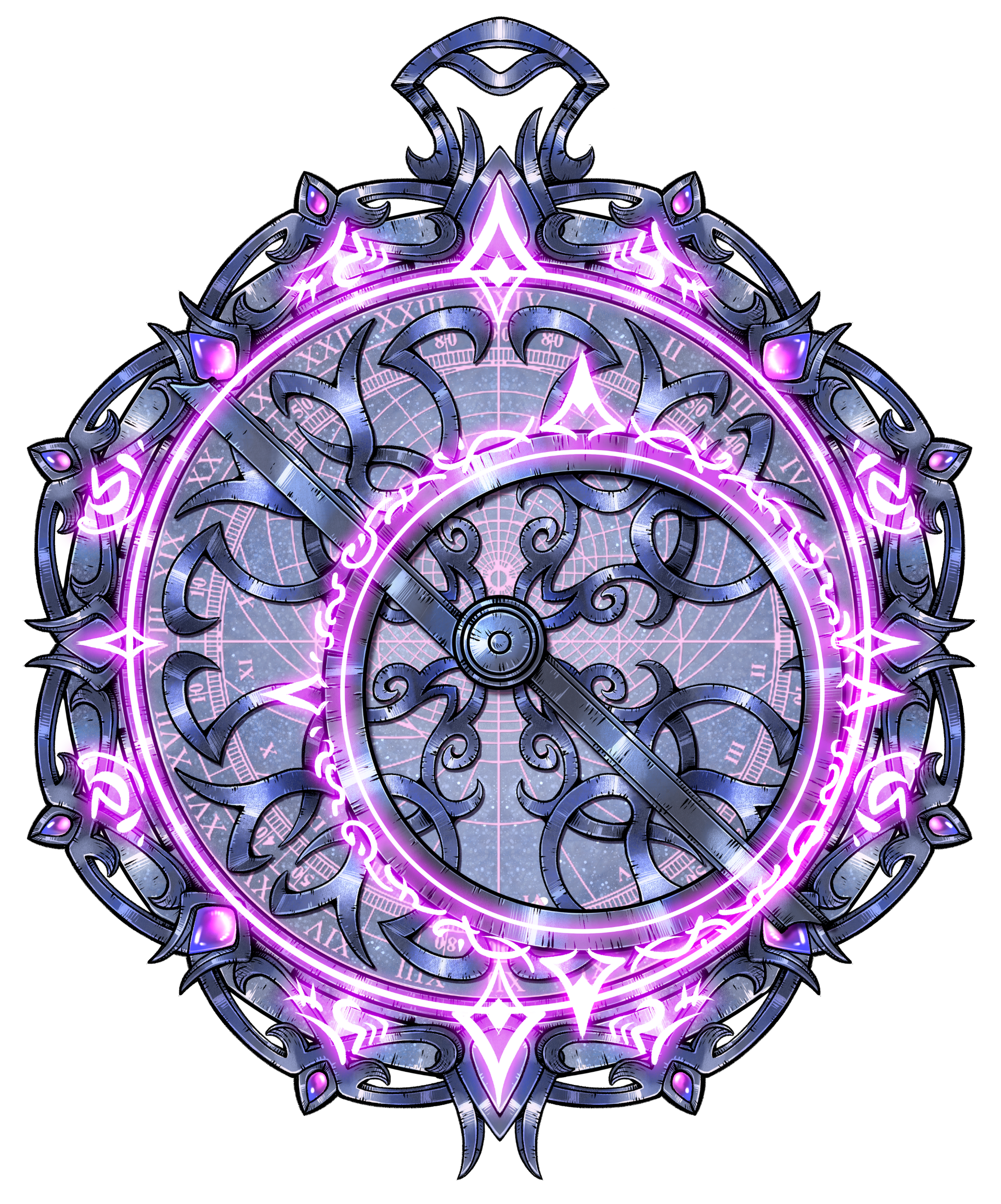
VI. Planar Shifting & Astral Walking
Within the universe there are various planes of existence. Amongst these include the Twisting Nethers, the Astral Plane, the Elemental Plane, the Great Dark Beyond, the Emerald Dream, realms of Light and Void, and pocket dimensions amongst other more obscure or unknown planes. Some of these locations are physically inaccessible to mortals, such as the Twisting Nethers. However, it is possible for an astromancer to utilize wyrmholes to traverse further distances than just on the Material Plane within Azeroth.There come risks associated with this. Traversing through time, especially great lengths of it, is forbidden and barred by the Bronze Dragonflight. Of course, there are still chronomancers who tempt the wrath of the Bronze, but it is never a matter of if getting caught, only when. However, theoretically, using plane shifting to travel time is possible, it is just not recommended.The act of plane shifting, like much of the magic and theory contained within this tome, is extremely intricate and difficult. The required amount of mana to successfully transpose one self across planes is deep and can drain one's life force if exposed to these other planes for extended lengths of time that are not conducive for supporting life. For the purposes of astromancy, only the Astral Plane (Great Dark Beyond) shall be referenced.Depending on one's circumstances, access to study and research the astral sea may be limited, as it was for myself for many millennia. Gleaning into the sea was only possibly by scrying and subsequently making use of plane shifting to exist temporarily in the starscape. Other sources of technology can be utilize to substitute this like telescopes and observatory towers that are suffused with arcane warding and enchantments, but experiencing it first hand helps put a lot of theory into perspective.Astral walking is the main methodology that a magi can transpose themself into the astral sea and walk it without being limited to their mortal confines.The writing begins to take no a more intricate theory as the planes of existence are illustrated. How wyrmholes can be used to transport between planes is focused on, the correct circles and spellwork needing to accomplish this are notated in great detail. The equations and magic required is extremely elaborate, spanning many pages. The notes are not archaic, but they are difficult to follow for those not intimately familiar with the arcane and are not simplified.Plane shifting is drawn with the limitus of a physical form within the context of the Great Dark Beyond. The vacuum of space is not conducive for supporting life. An individual made from starlight and cosmos is depicted, referred to as 'Starry-Form'.A magi must gain mastery over Starry-Form before they can exist for a time within the astral sea without the need for air or to be affected by the cold of space. The form can only exist within the astral plane and allows for manipulation of matter immediately around you. However, the biggest drawback is the sheer amount of mana resource this requires. Both being in Starry-Form and plane shifting. The plane shift itself doesn't necessarily have to take the magi with it and can be used as a methodology to get rid of materials by throwing it into the void of space. Take into consideration if doing this that it will be nigh on impossible to retrieve whatever is ejected from the material plane if not escorted with the casting magi.Banishing enemies to the astral plane is very effective.Depictions of transposing oneself and or planar shifting items and/or people are drawn in great detail. More information containing the risks of bottoming one's mana out are theorized but never put to the test. Maëlys includes some ideas that the magi, void of energy, may collapse inward and combust similar to a star.
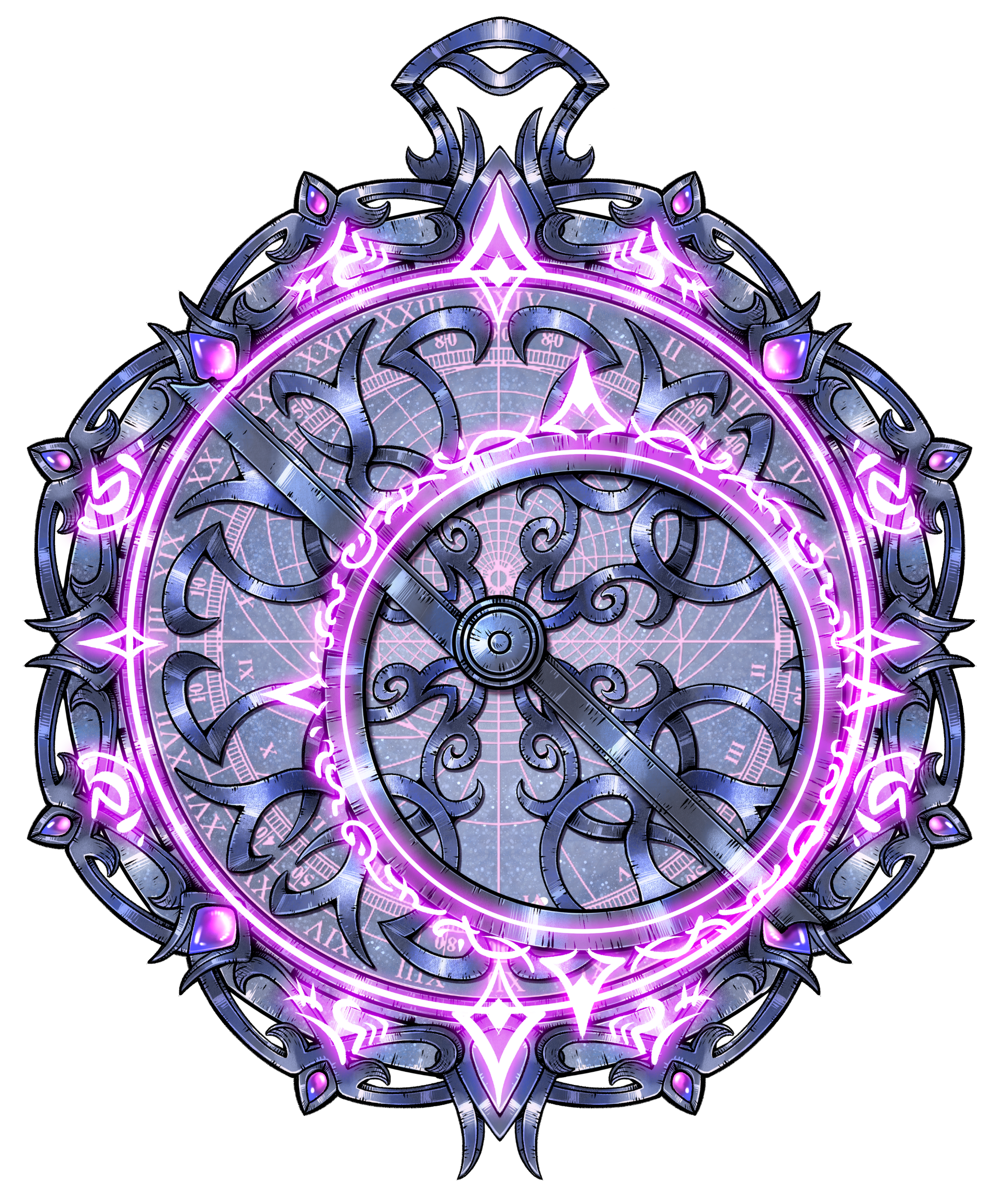
History of Starfall's Astromancy & Warnings
Borne to a pair of lowbornes, Maëlys had to claw her way up to her success by proving that she was amongst the exemplary minds of the Highborne who were tutored in magic from young ages. Skill alone was not enough to prove her merit and so the young mage began on a centuries long pursuit to develop arcane spellcraft that was unique and advanced. Her intrigue into stars and her parents' occupation as astral cartographers pushed her into the realm of astromancy.The development of the initial research began with the first two chapters, which was published as her thesis for gaining her arcanist title. One should note that this took her the better part of a thousand years to draft and perfect. Chapter III. on Wyrmholes was in the early stages of development and theory when Maëlys was trapped within Suramar.This research is what was stolen from her and utilized for many millennia before she could have it returned and attributed to her name. However, it was incomplete and did not have the thousands of years of research it eventually received while she toiled within her tower in between occupying herself with work and spellthieving.Over the course of her isolation and continued development, the barrier worked to protect her in another aspect she had not considered, but was touched upon recently by a good friend and colleague of hers. Planar shifting and 'Starry-Form' requires much more energy and transposing to a place she has never been before. This magic is shadow in nature, even if the basis for its thesis is arcane to get the magic spun and started. The 'Starry-Form' is a Void-Form.Arcanist Maëlys very rarely utilizes planar shifting as it uses far too much mana and is exceptionally dangerous, even for one as practioned as she is. Given her designation as a spellblade, she prefers using mana in very small increments to buff herself or shimmer rapidly.Each utilization of the planar shift has attracted attention, but given her return to beneath the barrier, beyond some mental distress she attributed to trauma and isolation she experienced, she did not think much on the deeper risks, believing herself capable of identifying shadow magic before it sank its fangs into her.For those who know her, they knew that the Arcanist is an exceptionally passionate person. Ambitious and intelligent, but perhaps not always the wisest. Her arrogance and age often makes her dismissive of others, just as she has been of her peer, Doctor Rico Delbringer, and her warnings.As of late, stress and repeated use of the planar shifting has began drawing attention...There may be more eventual updates to her tome as time progresses...
Thanks & Credit
I would like to take a moment to thank Erika Sampaio for the absolutely beautiful art for this project. She did a spectacular job and absolutely knocked what I had in mind out of the park. Thank you again, Erika!Thank you to my friends, Rico & Mar, who helped contribute and read through this project as well as letting me include them within the writing.Please feel free to utilize this headcanon for any astromancers! Just be aware that this research has been mostly trapped within Suramar until the bubble came down.
